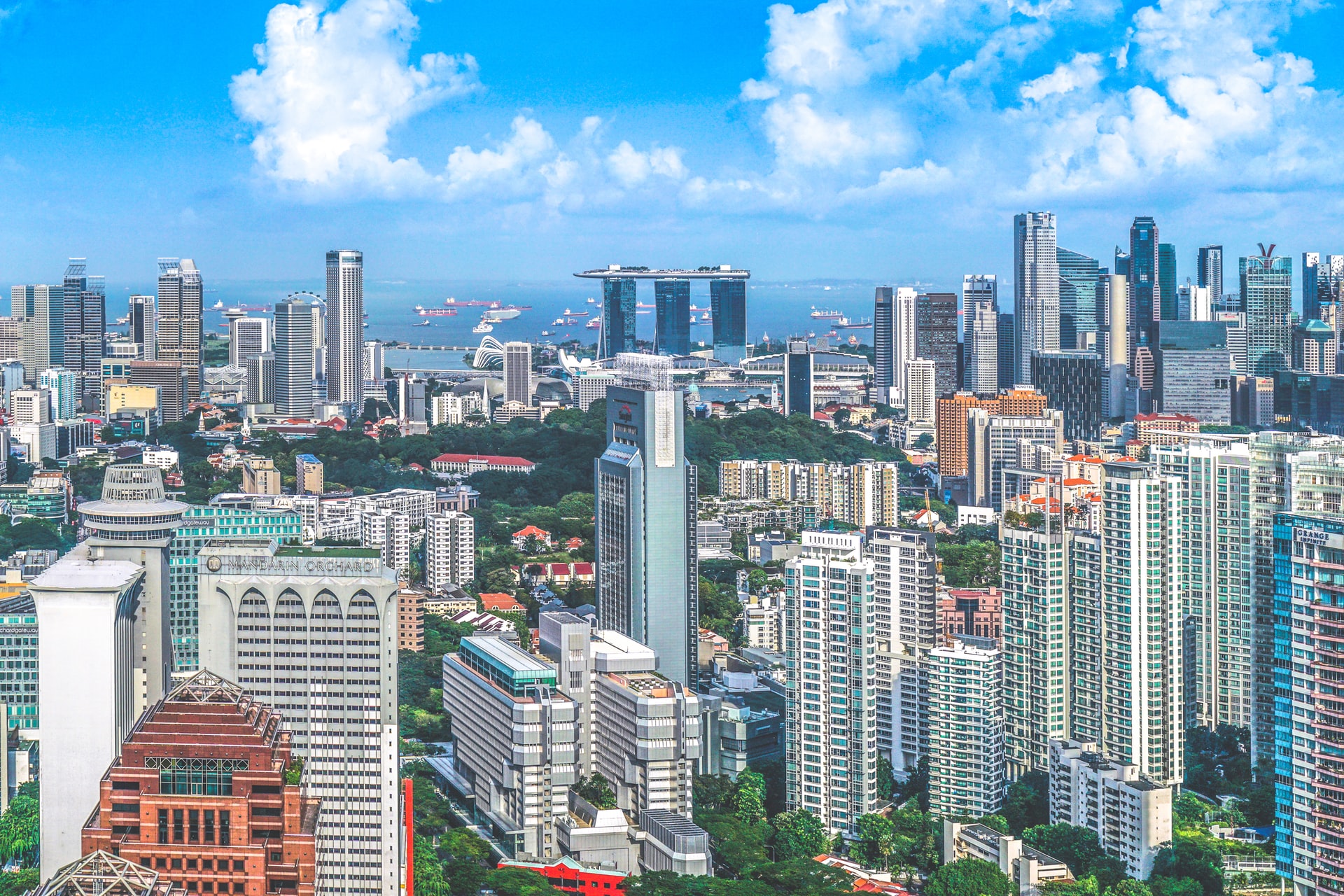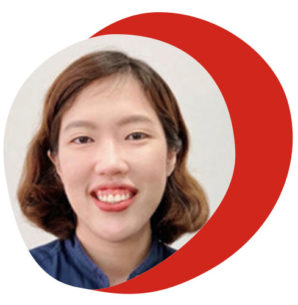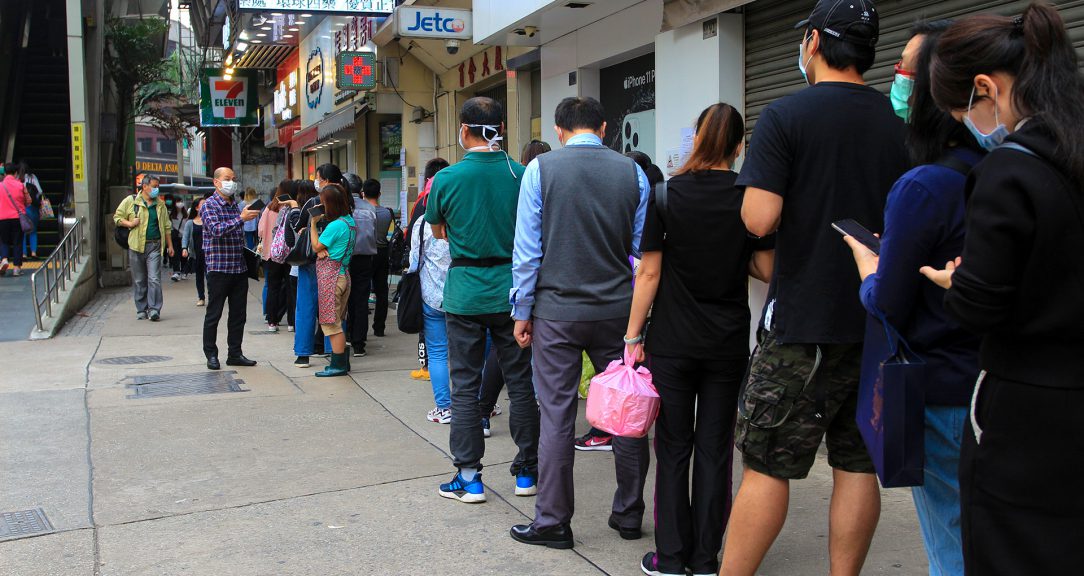The movie “Crazy Rich Asians” wowed international audiences with scenes of fabulous estates in Singapore and ostentatious parties, as a bachelor sought his family’s approval of his bride-to-be.
The premise hardly rattled inhabitants of the wealthy city-state, located at the southern tip of the Malay Peninsula. Home to 27 billionaires and many multinational corporations, Singapore has a GDP per capita of $59,798, among the highest in the world.
One reason for it being so attractive to business is its proximity to large and dynamic markets in Southeast and South Asia, says economist Linda Lim, professor emerita at the University of Michigan. It also has excellent infrastructure, with state-of-the-art ports, airport, transportation and telecommunication networks, plus a business-friendly government, free trade and a stable currency.
“There are also liberal work visas available for foreign nationals, so you are not limited to a small local talent pool,” Lim says. Of the 5.5 million people living in 728 sq km, about one-third are non-residents — foreigners without permanent residency.
Opening up
Singapore’s cosmopolitan present is anchored in its multicultural past. In the 19th century, it was a free port for ships on a popular route between China and India. It didn’t charge port fees and only imposed custom duties on select products such as tobacco, opium and alcohol.
After Singapore became fully independent in 1965, leaders continued to build on its trading culture, along with efforts to fuel the broader economy. They also focused on education because the country had few natural resources. Lee Kuan Yew, Singapore’s first prime minister, had a strategy of developing “Singapore’s only available natural resource: its people.”
But there weren’t enough people to keep businesses thriving. In the 1980s and 1990s, Singapore’s leaders put policies in place to bring in foreigners. The country’s non-resident workforce jumped from 612,000 in 2000 to 1.4 million in 2019. This number declined during the pandemic to about 1.1 million, as lost jobs led foreign workers to head home.
“Work pass holders are here to complement our workforce and grow the economy. In good times, this attracts investments, which in turn creates more jobs for locals,” Prime Minister Lee Hsien Loong recently said. “In bad times, like last year, the foreign workforce shrinks, and this shields locals from worse job losses.”
Some 166,900 foreign workers have employment passes, which means they earn at least 4,500 Singapore dollars ($3,343) per month. That figure is close to the median gross monthly income of full-time employed residents: SGD 4,534, including employers’ retirement contributions.
However, foreign manpower is a delicate issue in Singapore. The government’s 2013 Population White Paper resulted in one of the country’s largest protests. The paper had projected a foreign workforce of 2.5 million by 2030, ratcheting up worries of overcrowding and more competition for jobs.
“We need to find a balance. If we do too little to address the demographic challenge, we risk becoming a steadily greying society, losing vitality and verve, with our young people leaving for opportunities elsewhere,” it said. “But if we take in too many immigrants and foreign workers, we will weaken our national identity and sense of belonging, and feel crowded out of our own home.”
Officials doused the flames by asking firms to prove they attempted to hire Singaporeans before foreigners. Exemptions were made for firms with 25 or fewer employees and for positions paying more than SGD 12,000 ($8,915) per month.
The issue recently resurfaced after an opposition party called for a quota for employment passes and S-passes, whose holders are paid at least SGD 2,500 a month.
“We cannot afford to take our economic competitiveness for granted,” Manpower Minister Tan See Leng said in a parliamentary response. “Investors watch and wonder how many other Singaporeans feel this way. Has Singapore become less welcoming of foreign investments, of global talent?”
Flip side
Low earners have also been a point of discussion in the city, which has a high cost of living and no set minimum wage.
Singapore placed first in the Economist Intelligence Unit’s Worldwide Cost of Living survey for seven straight years. The city slipped to the fourth spot in the latest 2020 edition, behind Zurich, Paris and Hong Kong.
The Singapore government has declined to set a minimum wage, instead implementing a Progressive Wage Model to grow the incomes of residents in selected sectors. It recently bolstered a supplementary scheme for low earners who are Singapore residents, and companies that employ foreign workers have started paying local employees a monthly salary of at least SGD 1,400 a month.
Even so, many foreign workers may draw a lower salary. Around 70% of Singapore’s foreign workforce hold work permits with no minimum qualifying wage. The bulk of them are domestic workers or semi-skilled workers in the construction, manufacturing, marine shipyard or services sectors.
They often arrive from less developed countries. For instance, most construction workers come from India or Bangladesh, says Alex Au, vice president of the Transient Workers Count Too help group. Au’s organization estimates that Bangladeshi workers with lower skills and experience earn SGD 450 ($334) monthly. With overtime, that increases to SGD 577. Their peers in South Korea and Australia are paid SGD 2,737 and SGD 4,427 for the same work, according to the estimates.
Au believes Singapore’s lack of a minimum wage will eventually drive workers away as their home countries develop; he has seen this happen with Chinese, Thai and Malaysian workers.
“Why should they take a job in Singapore and be separated from their families? They might as well stay and do the same job,” he says. “Two things can happen: Singapore either pays more, or we look further afield for new sources of cheap labor. Is this a sustainable model?”
Because wages are so low, many foreign workers live in dormitories. The crowded conditions led to a number of Covid-19 outbreaks in the past two years.
In the long-run, Au predicts Singaporean workers could be paid a monthly wage of at least SGD 2,000, similar to South Korea’s minimum wage.
“This is actually what Singapore needs, because our economies are supposed to be the same as South Korea or Japan,” he said. “I can see us getting close to it, but only for the Singapore section of the population. Meanwhile, our foreign workers are being paid SGD 400, 500 or 600 a month — a third of what it should be.”
As the government schemes apply only to Singapore residents, Lim expects the downward market pressure from foreigners to continue.
“From the perspective of the business or employer clientele, the message is unmistakable. Expect labor costs to rise, at least at the low end,” she says. “Expect more controls or tighter adherence to existing controls on employment of foreign labor. Expect to invest more in raising productivity and skills of your workers with equipment and training. Anti-discrimination policy now will be enacted into law, so it’s not going to be so easy to hire foreign skilled workers.”
Read more
Sign up to keep up to date with ReThink Q.







